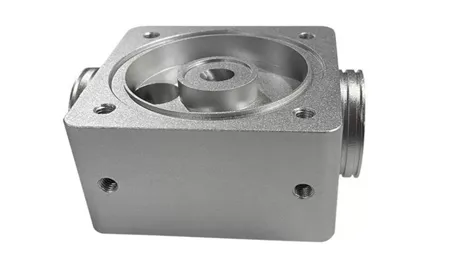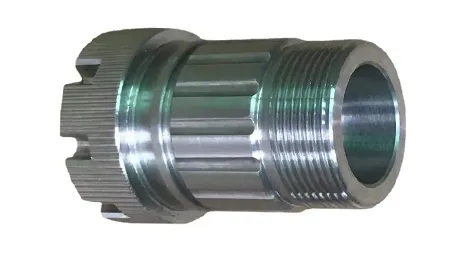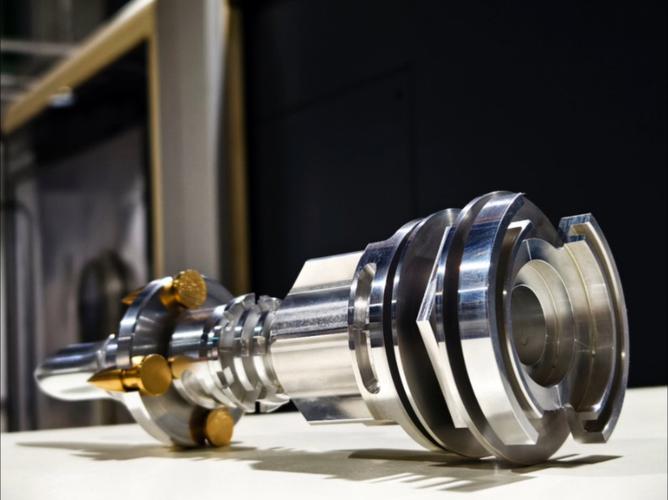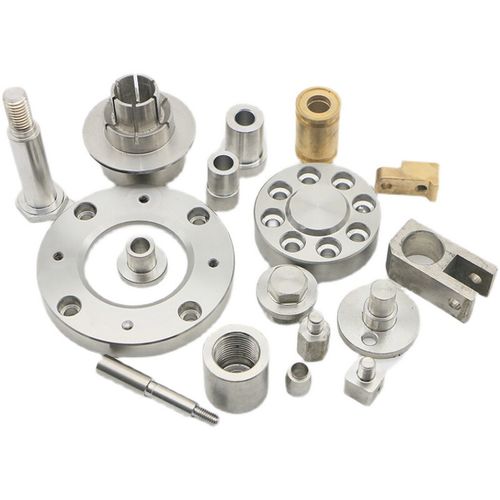Introduction
With the rapid development of modern manufacturing industry, CNC (Computer Numerical Control) machining technology has become an indispensable and important part of industrial production.CNC machining technology is widely used in many fields such as aerospace, automobile manufacturing, electronics, medical treatment, mold manufacturing and so on, due to its high precision, high efficiency and high flexibility. The purpose of this report is to discuss in depth the various types, advantages and disadvantages of CNC machining parts technology, applicable products and their application areas, with a view to providing theoretical guidance and technical reference for the production practice of related industries.
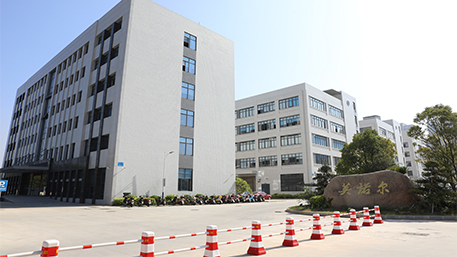
the theoretical basis and conceptual framework
CNC machining technology is an advanced manufacturing technology based on computer control, it is through the CAD (computer-aided design) generated parts drawings into digital signals, by the CNC machine tool control system for interpretation and implementation, to achieve accurate machining of parts.CNC machining technology mainly consists of milling, turning, drilling, grinding and other machining modes, each of which has its unique advantages and applicable scenarios. Applicable scenarios.
Reviewing the previous research, the advantages of CNC machining technology lie in its high precision, high efficiency, high degree of automation and good flexible production capacity. However, different machining technologies have differences in machining accuracy, material adaptability, productivity, etc., and the most suitable machining technology should be selected for the needs of different products and applications. In the current study, the specific application of CNC machining technology and its adaptability in different fields have not been analyzed in depth, and there is a lack of systematic evaluation and comparison.
Research Design and Data Sources
This study adopts the method of combining literature review and case study analysis to summarize the various types of CNC machining technologies and their advantages and disadvantages by combing and summarizing the relevant literature at home and abroad. At the same time, combined with specific cases, it analyzes the application of different machining technologies in production practice, as well as the advantages and application areas of the products produced.
The research data are mainly derived from academic literature, industry reports, and enterprise cases. By collecting and analyzing these data, this study strives to present the current situation and development trend of CNC machining technology comprehensively and objectively.
Research Findings and Analysis
Milling Technology
Advantage: milling machining technology is suitable for the processing of complex shape parts with high machining accuracy and surface quality.
Applicable products: It is applicable to complex structural parts and precision parts in aerospace, automobile manufacturing and other fields.
Product Advantage: High machining accuracy and good surface quality, able to meet the needs of high-precision parts.
Application areas: aerospace, automobile manufacturing, mold manufacturing, etc.
Turning Processing Technology
Advantage: Turning processing technology is mainly used for the processing of shaft and disk parts, with high productivity and material utilization rate.
Applicable products: It is applicable to shaft and disk parts in automobile, machinery and other industries.
Product advantages: high production efficiency, high material utilization rate and low cost.
Application areas: automobile manufacturing, machinery manufacturing, precision instruments and so on.
Drilling processing technology
Advantage: Drilling processing technology is mainly used for the processing of hole parts, with high processing precision and flexibility.
Applicable products: It is applicable to hole parts in the fields of electronics, communications, etc.
Product Advantage: High machining precision and flexibility, able to meet the needs of small hole diameter and high precision parts.
Application areas: electronics manufacturing, communication equipment, medical equipment, etc.
Grinding processing technology
Advantage: Grinding processing technology is mainly used for finishing the surface of parts with high surface quality and precision.
Applicable products: Applicable to precision parts, molds and other parts that require high precision surface quality.
Product Advantage: Good surface quality and high precision, able to meet the surface quality requirements of high-precision parts.
Application areas: mold manufacturing, precision instruments, optical components and so on.
Conclusion and Future Prospect
This study has drawn the following conclusions through in-depth analysis of the various types of CNC machining technology, advantages and disadvantages, applicable products and their application areas:
CNC machining technology has the advantages of high precision, high efficiency and high degree of automation, which is an indispensable and important technology in modern manufacturing industry.
Different machining technologies differ in machining accuracy, material adaptability, productivity, etc., and the appropriate machining technology needs to be selected according to the needs of specific products and application areas.
Milling, turning, drilling, grinding and other machining technologies have unique advantages and values in their respective applications, providing strong support for the production practices of related industries.
Future research can further explore the application and development trend of CNC machining technology in intelligent manufacturing, green manufacturing and other fields, as well as how to improve the productivity and machining quality of CNC machining technology through technological innovation and process optimization to promote the transformation and upgrading of the manufacturing industry and high-quality development. At the same time, it is also necessary to strengthen the analysis of the adaptability of CNC machining technology in different industries, so as to provide more accurate technical guidance and support for the production practice of related industries.

